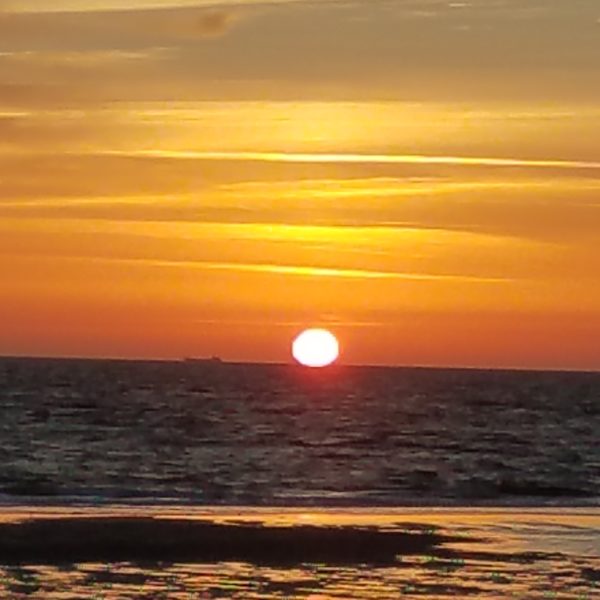
The longest day elsewhere never really felt like the longest day until my stay in Northern Germany, the island of Sylt where I am a writer-in-residence of the Sylt Foundation.
And it’s not just the summer solstice but summer in general. When nights come, usually after 10pm, the presence of white light hours later make the nights shorter and the days endless. On some nights, the day stretches into the next day, as if skipping the night completely. Last night, for instance, brought the seventh full moon of the year, the strawberry moon. There I was expecting strawberries to fall out of the moon into my eager hands. That didn’t happen, so I may try again tonight.
The breeze from the North Sea smells of pure crystals. Sea shells and salt. I put my nose in the air like the earless seal and breathe.
Downtown, past midnight, most restaurants are open, people partying, dancing, window-shopping, all looking like they’ve just woken up. And I, wide-eyed, amidst all, watch a new day break, walk along the beaches, think and get new clues to the novel draft I’m reworking. By the time I arrive at my apartment, I’m as fresh as the Sylt rose. I don’t do this often, that is, roam the night, but considering the absence of night, rather, darkness (yes, yes, absence of dark doesn’t mean there’s no night), it is tempting to stay up. Not just late but up indefinitely. Watching the light that would have been the night makes me feel as if something immense is happening inside and outside me. Like a kid who refuses to go to sleep in case something wondrous happens, I can finally describe the feeling of happiness cloaked as expectancy but don’t expect me to put it into more words. The closest state or sensation, perhaps, is witnessing a birth; that of a child, a creative project, a nation, a world!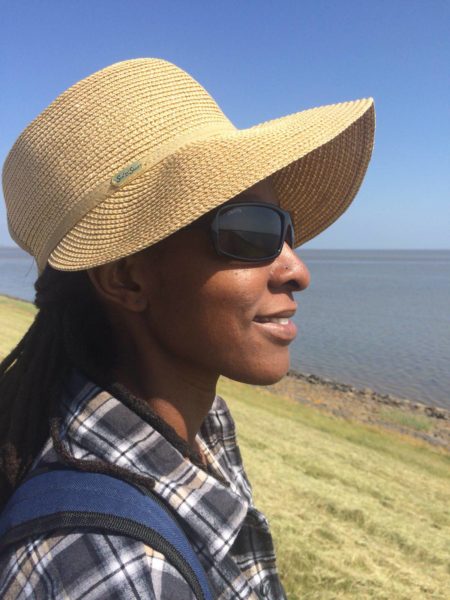
As a child of the equator where weather and daylight patterns are moderate and nights assured by 7pm, the Northern hemisphere has fascinated me with its endless days. In places that are more north like the Arctic Circle, the sun doesn’t even set on midsummer night. That just sounds delicious and has led me to revisit basic astronomy and all things light—
Light bodies. Light years. Light weight. Lightning bugs. The nature and kinds of light, such as:
The Golden hour light—60 minutes before sunset or 60 minutes after sunrise. The sun is above the horizon, warm, soft and low in the sky. Photographers love this time!
Sunrise—The sun is up. We say sunshine, sunlight. All life rises except nocturnal creatures and those that hunt or work at night.
Daylight—Self-explanatory.
Sunset—The sun retires. People retreat. Back home. Dinnertime for some. Bathing time for babies. On this northerly island the sun sets at 10.08pm.
Dusk—Also known as civil twilight because civilians can still see. But I call this a time for lovers to walk, ride, meet… Dusk here lasts an hour after the sun has set, ends a few minutes past 11pm. The geometric center of the sun is 6º below the horizon and the brightest stars are visible to my naked eye. Some planets like Venus can be sighted as well.
Nightfall—Also known as nautical twilight because sailors and other folks at sea can look into a clear sky and trust the guidance of stars for navigation. Hence, time for sailors and wolves. The center of the sun sinks between 6º and 12º below the horizon, although the presence of light glow still makes the horizon visible (especially to sailors and wolves).
Astronomical twilight—As the name suggests, the night gets darker (the center of the sun is 18º below the horizon) but astronomers can look into the sky with their instruments and follow a star trail. Best when there’s a full moon. This is what we call true night.
First light—the other part of nautical twilight happening before—
Civil dawn. When you see the first light, you know for sure that dawn is approaching and can go on to anticipate a new—
Sunrise.
Remember, nautical twilight is twofold: before dawn as first light and after dusk as nightfall.
Our nautical twilight on this island begins at 11.06pm and ends at 03:53am when dawn breaks.
Sunrise is at 4.50am (I’ve looked it up!)
The sun pours into the sea
Like a cascade of Himalayan salt.
It is the absence of darkness (astronomical twilight) that makes nights incredibly short. Sea and sky stay close together, separate yet merged, held in careful balance by the soft glow between them. Creating a mood that’s indigo. Finest fabric the sky. Textured magic where I stand. Sea of diamond light. Resplendent.
I am amazed, humbled, delighted, grateful, how lucky I get to be a part of this, to breathe in this land and sea and sky, all at once. Alight!
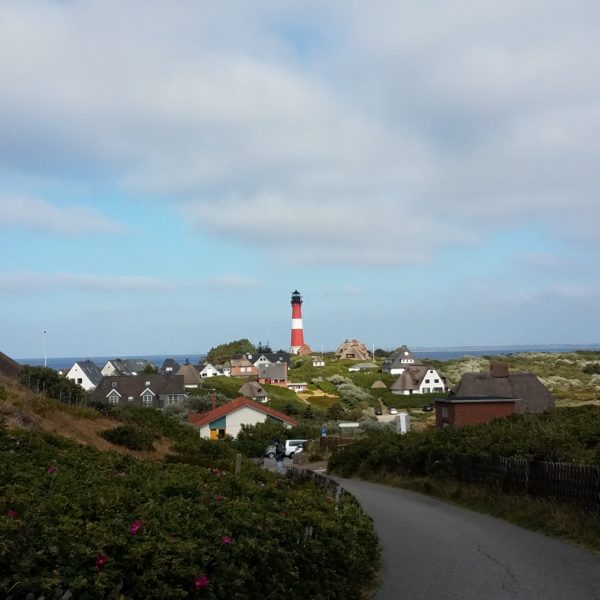
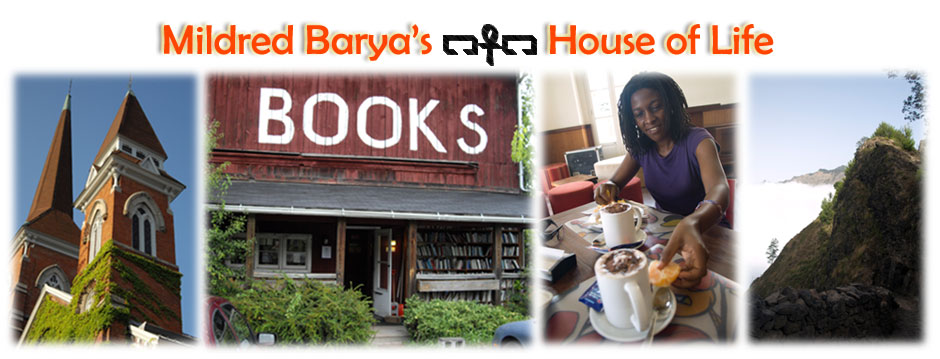




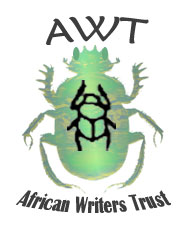
No comments yet.